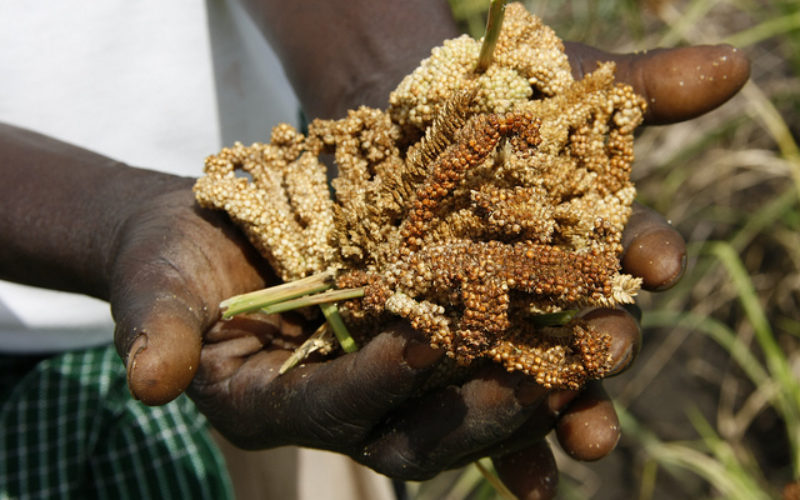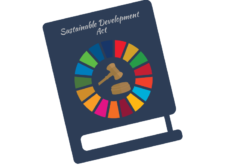by Maryam Almasifard, Development Specialist
This blog post looks at the challenges and shifts that the development landscape has experienced over the last decade. It argues for the need of developing a new methodological framework for assessing development effectiveness.
International development is growing increasingly complex and dynamic. There have been significant changes in the development landscape and it is believed that such changes will continue until 2030.
Currently, Western industrialized countries are the main providers of development aid. But in the era of Sustainable Development Goals (SDGs), some developing countries are contributing as well. This means that the Official Development Assistance (ODA), provided by traditional bilateral and multilateral donors, has now been supplemented by newly expanded forms of development assistance. This includes South–South Cooperation, peer learning, and triangular cooperation.
Challenges
A new challenge to the architecture of global aid is the existence of fragile states. Unlike stable countries, fragile states continue to face urgent development needs and are at risk of being left behind in terms of receiving aid, and poverty reduction. While the number of people living in extreme poverty in stable countries decreased significantly over the last decade, the number of people living in extreme poverty in fragile states increased during the same period.
Another challenge is the fact that emerging economies have become donors themselves, even though they still receive aid from Western countries. Multinational corporations, international Non-Governmental Organizations, philanthropists, and civil society organizations have become important parts of the architecture of global aid. These new partners have brought with them a variety of new financing tools, instruments, and modalities and are shaking up the system. This is especially true for emerging economies. Given the new financial opportunities available to them, they no longer feel obligated to follow the norms of traditional donors. This increasing diversity of actors, sources, and perspectives has brought about an “age of choice” for development finance. As a result, the addition of new partners has made aid less predictable, less transparent, and more volatile. All the development actors agree that while development aid is only one factor in the complex development process experienced by poor and developing countries, it can catalyze the leveraging of funds. It can also support the transfer of knowledge and technology important for sustainable development.
Sustainable Development Goals Era
None of the aforementioned challenges were focus areas of the Millennium Development Goals (MDGs). From now on, all of these challenges will play a critical role in shaping the outlook for international development. Right now, we are in a new chapter of the sustainable development era. It is linked to the SDGs and their commitment to leave no one behind, the Addis Ababa Action Agenda on financing and the landmark Paris Agreement on climate change. The SDGs encourage cooperation among different countries, development players, businesses, and civil societies. In the era of SDGs, developing, emerging, and developed countries are translating targeted goals into national strategies for sustainability.
The Need for a New Assessing Framework
For assessing development effectiveness in the sustainable development era, it is necessary to rethink the system by which aid is delivered. Crucial factors in evaluating development effectiveness need to be considered, and the new role of ODA to leverage the public and the private sectors should be acknowledged. The Paris Declaration and the Accra Agenda for Action introduced principles based on the assumption of a well-functioning state with well-established national systems, with unlimited power to coordinate local and international organizations. In the process of developing a new assessing framework, policymakers need to acknowledge that, in reality, the power of many countries is limited. The challenge of fragile states is more serious than ever. While the role of recipient countries in the assessment process has generally been ignored, bringing their voices in and giving more weight to locally driven feedback would be a crucial step toward developing a more appropriate framework.
A new framework for assessing aid effectiveness should ensure comparability of the study findings between countries and be inclusive of a range of stakeholders. In order to establish to what extent ODA has made a difference in the achievement of national development goals, it is necessary to review the performance of all the development actors’ donor agencies. It is also important to review the functioning of developing countries’ governments and civil society organizations.
Assessing effectiveness
In the end, “effectiveness” is not a novel concept. But it has has become a central focus of the aid industry. It has been broadly acknowledged that new global challenges add urgency to making aid as effective as possible. Those challenges include food insecurity, rising fuel prices, climate change, income inequality and fragile states.
What is new is the broad focus on what must be done to maximize the impact of development aid and to increase its effectiveness. The study of development effectiveness is well worth doing, even if not every impact question can be answered with a high degree of precision or certainty. Indeed, one of the immediate benefits of the effectiveness assessment will be a better understanding of the extent to which it is possible to evaluate the effectiveness of ODA.
2,374 total views, 2 views today






